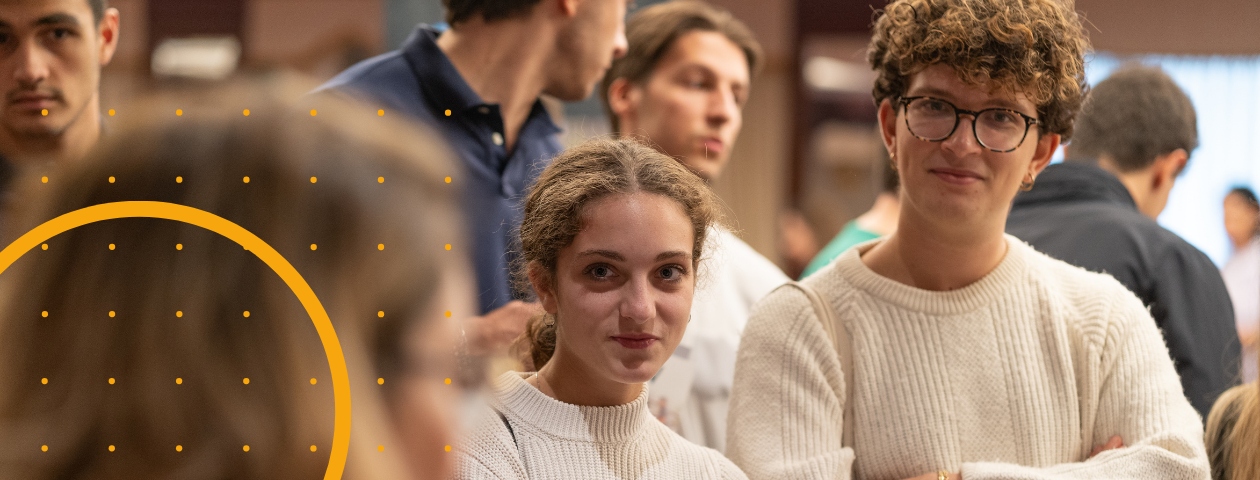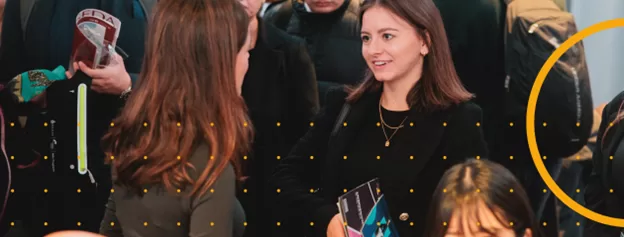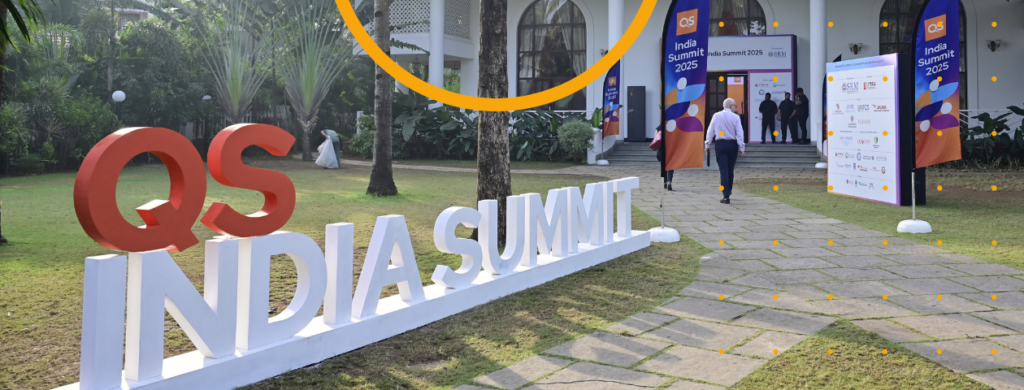
The future of admissions is a hot topic.
Universities in the big destination markets – the UK, the USA, Australia and New Zealand, and Canada – are all seeing upticks in applications, putting increased burden on admissions teams as they look to find high-quality, suitable international students.
An increased number of applicants doesn’t always mean more student enrolments, either. As QS Executive Director of Operations Isobel Rossiter discussed in a recent article, not all leads are created equal and don’t have a “real, innate desire to attend an institution. Many are hedging their bets.”
“I think there has to be something more sophisticated than what we’re currently doing.”
One solution coming to the fore is using artificial intelligence to sort high volumes of applications. Mentioned in Isobel’s article and in a recent QS webinar called The Flex Factor: Innovative approaches to international admissions, it’s seen by some admissions experts as an inevitable innovation going forward. When discussing what admissions will look like in 10 years, panellists discussed AI-enabled admissions.
Speaking on the panel was Rob Tucker, Head of Admissions at London South Bank University. “For me, the application-to-offer space will be much more AI-led. It needs to be more automated. Not for all courses, but many have an entry requirement that’s straightforward. Being able to make quick decisions and understanding those applicants is very doable. Of course, there are other courses that need portfolio checks, for example.
“AI that can read a personal statement and pick out keywords and put that application in a bucket to be reviewed by a person is where admissions is going. It’s not reducing the need for admissions specialists – it’s allowing them to deal with volume in a more streamlined way.”
“I don’t think we’re going to see a complete march of the robots.”
“Students have so much choice and apply to multiple institutions. The burden is then on the admissions teams to be able to process all of that – if an applicant applies for three institutions, two of those institutions are going to see no return on investment of that work.
“Because they’re only going to choose one of those institutions to go to. The overarching feeling is that fewer applications is not necessarily a bad thing, as long as conversion is higher. And I think that’s where most institutions would like to see things.”
“Being able to use AI to do that very quickly is going to be where it goes.”
Lorna Halliday, Head of Recruitment & Admissions for the University of Edinburgh’s College of Science and Engineering shared a student-centred perspective. “We haven’t spoken about how applicants are using AI as part of the process. If we are using AI to do the initial sift, to put certain applications in a virtual bucket to be looked at by a human being, and potentially rejecting others, that leads me to think applicants will get to know what that looks like and will adjust their Chat-GPT application accordingly, so that they are going to pass that initial bar, and be in the pool for consideration. I think there has to be something more sophisticated than what we’re currently doing.
“But I’m old fashioned, too. If there’s one thing I’ve learned in all my years doing admissions, it’s that applicants really like a personal touch – when you reach out to them, when you personalise things. Some of my team’s frustration is that they’re not able to spend more time doing that because of the applicant volumes. If AI can help us to get to that sweet spot – where we’ve got more time to deliver the value-add that everyone was looking for – then that I think that would be a very successful 10 years.”
QSer Isobel Rossiter agrees, encouraging listeners to use AI to empower teams: “I would really like to enable our admissions teams to get back to where their true professional strength is – analysis of each applicant’s story and recognising the individual nature of that.
“If we can use technology to sense check and quality assure the basic information on application forms, we can then free up that capacity for admission staff to really do that work that Lorna is referencing around evaluating and assessing the more qualitative elements of an application. I think that combination will remain an important piece moving forward in the next 10 years. I don’t think we’re going to see a complete march of the robots, I think it will be that balancing of the two.
“Data is a powerhouse of admissions. I would really like to see more embedded data and analytics elements within admissions teams to really utilise in-cycle data to power enrolment projections for universities. I think the data analytics piece there could also be hugely beneficial.”



